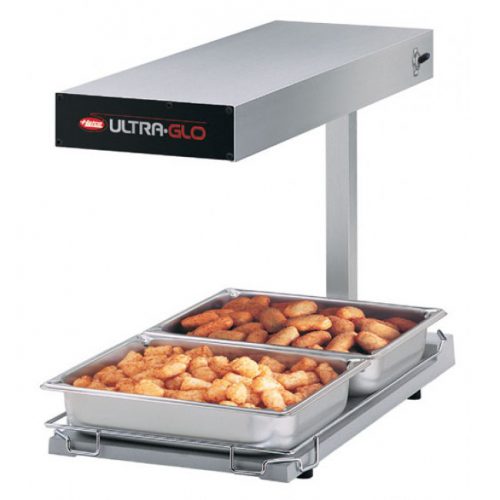The cold snap has finally broken in Minnesota, but Texans had a severe problem with it last week. Unfortunately, it resulted in several dozen deaths. Most were due to carbon monoxide poisoning, but there were a number of people who died from hypothermia as well.
I published a revised compilation of my rewarming rate table a month ago. Since then, I’ve been informed that we are using a new device here at Regions Hospital, the Zoll Thermoguard XL. I had to do a little legwork to get the rewarming rate estimate for it. I am republishing the whole table, including the new device, for your reference.
| Warming Technique | Rate of Rewarming |
| Bladder lavage | no data probably < 0.5° C / hr |
| Passive external (blankets, lights) | 0.5 – 1° C / hr |
| Active external (lights, hot water bottle) | 1 – 3° C / hr |
| Bair Hugger (a 3M product, made in Minnesota of course!) | 2.4° C / hr |
| Hot inspired air in ET tube | 1° C / hr |
| Fluid warmer | 2 – 3° C / hr |
| GI tract irrigation (stomach or colon, 40° C fluid, instill for 10 minutes, then evacuate) | 1.5 – 3° C / hr |
| Peritoneal lavage (instill for 20-30 minutes) | 1 – 3° C / hr |
| Cool Guard system | 1° C / hr |
| Cool Guard system with thoracic lavage | 2° C / hr |
| Cool Guard system with peritoneal lavage | 2.7° C / hr |
| Thoracic lavage (2 chest tubes, continuous flow) | 3° C / hr |
| Continuous veno-venous rewarming | 3° C / hr |
| Zoll Thermoguard XP with 4-balloon rewarming catheter | 3 – 4° C / hr |
| Continuous arterio-venous rewarming | 4.5° C / hr |
| Mediastinal lavage (thoracotomy) | 8° C / hr |
| Cardiopulmonary bypass | 9° C / hr |
| Warm water immersion (Hubbard or therapy tank) | 20° C / hr |
One of the most important things to consider is the length of time for rewarming. Do the math using the numbers above! For most patients with severe hypothermia, it’s going to take several hours to rewarm. So make sure you are in a suitable location, such as an OR or ICU!


